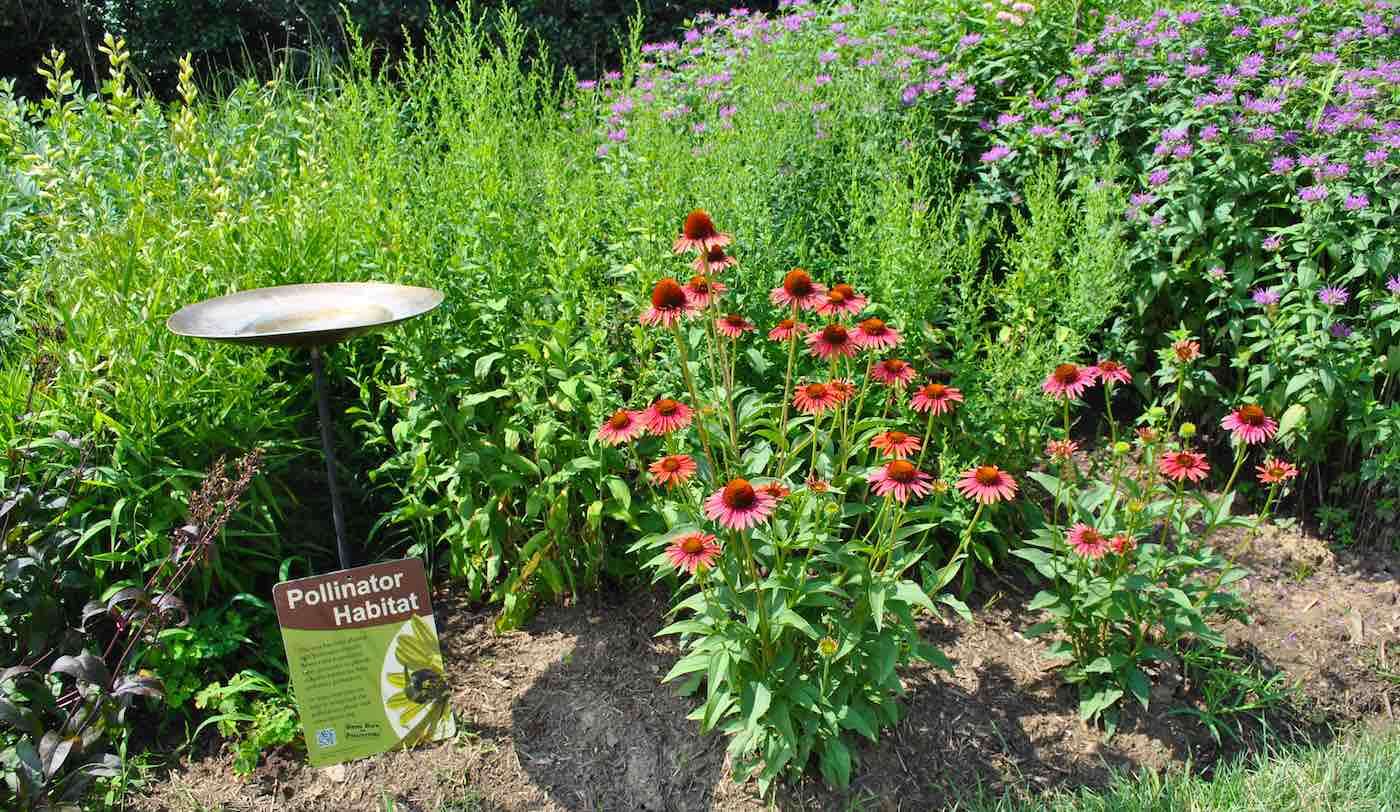You and a Friend Could Win a Once-in-a-Lifetime Slumber Party With Mona Lisa at the Louvre
AirBnb and the Musée du Louvre are hosting a contest for two lucky guests to win a once-in-a-lifetime sleepover experience at the museum.

Over 1 million homeowners and gardeners from around the world have joined the fight to save dwindling pollinator populations – and you can join the team too.
The National Pollinator Garden Network has surpassed their goal of registered pollinator gardens with just over 1,040,000 gardens now registered with their Million Pollinator Garden Challenge.
Though most of the registered pollinator gardens are concentrated in the United States, the ambitious project has also recruited members in Canada, Mexico, and Europe. The registered spaces, most of which are comprised of private yards and public gardens, all add up to a network of approximately 5 million acres of enhanced or new pollinator habitat.
Currently, the US metro areas with the highest number of registered gardens include Atlanta, Chicago, Miami-Ft. Lauderdale, Philadelphia-Camden, Washington, D.C, and New York City.
The initiative was launched back in 2015 by the National Pollinator Garden Network with the goal of saving pollinators, which are responsible for about one in three bites of food that we eat every day.
According to the National Wildlife Federation (NWF), one of the project's partnering organizations, protecting pollinators is crucial to our food supply.
"Together, through collaborative conservation we are restoring pollinator populations that provide the foundation of our ecosystems and our food supply," said NWF CEO Collin O'Mara. "When we save wildlife, we save ourselves."
In order to contribute to the network, gardeners are asked to plant large amounts of pollinator-friendly plants and wild grasses that are both native and non-invasive species. The space should also offer breaks from the wind, exposure to direct sunlight, a watering source, and a minimized amount of pesticides.
The result of this challenge is now a nationwide network of pollinator habitat within America's cities, towns, and neighborhoods.
Since the campaign launched, many gardening centers have also contributed to the challenge by offering more pollinator-friendly plants, services, and education.
"The passion for pollinators is clearly evident. Let's pass it on and encourage the 35 million Americans who garden with flowers, to each put in one new pollinator friendly plant per season each year. Imagine the transformation!" says Mary Phillips, NWF coordinator.
If you have a yard or garden, or even just a small piece of outdoor property, you can contribute to the pollinator network by planting at least three different pollinator-friendly plants that bloom in spring, summer and fall. You can find more information and resources on the Million Pollinator Garden Challenge official website.
"Our collective efforts have accomplished great things for bees, butterflies, and other pollinator species that play a critical role in our natural world," said Val Dolcini, president of the Pollinator Partnership, which is another organization involved in the project. "From enhancing our food supply to increasing the biodiversity of our environment, these hard-working pollinators need to be protected at all costs. By protecting their lives, we're preserving ours."
Bee Sure And Share The Buzz With Your Friends On Social Media – Photo by USDA
Be the first to comment